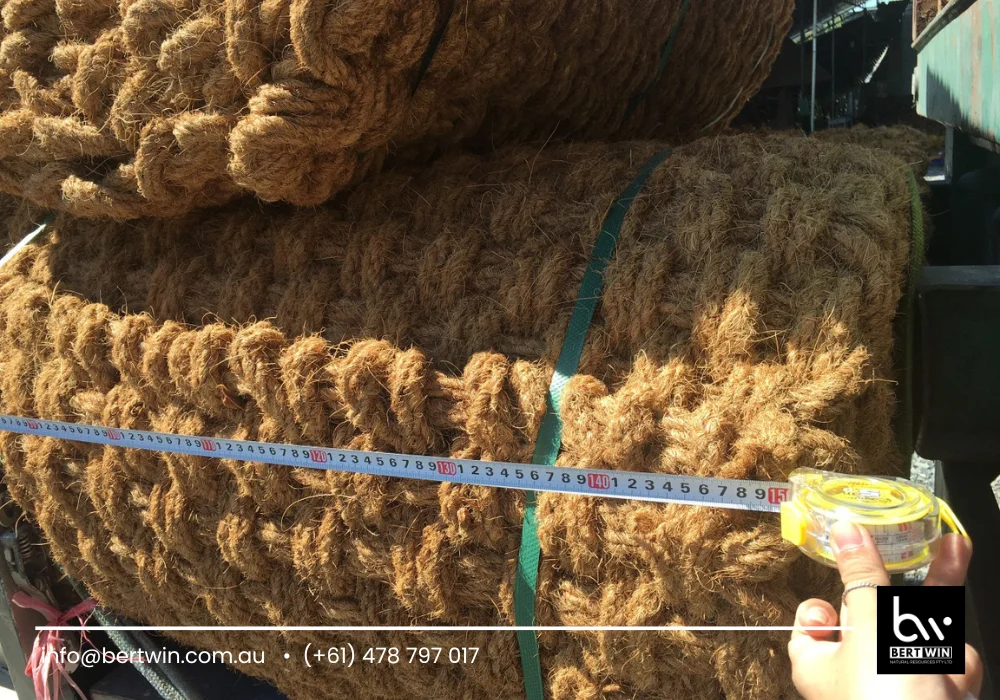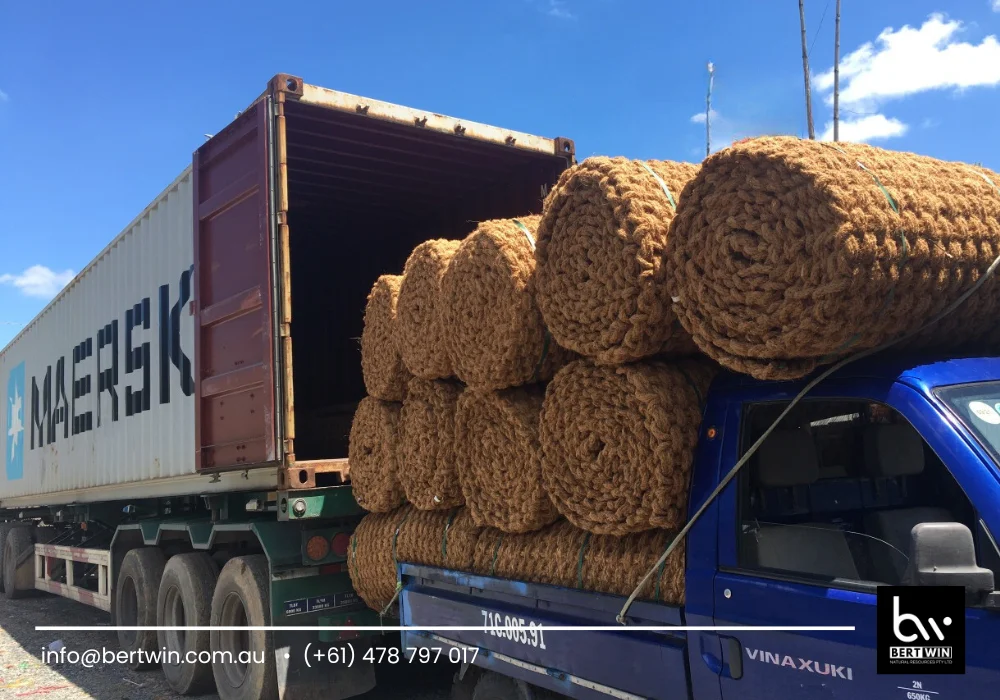What Is a Biodegradable Coir Mat?
Understanding Its Natural Origin and Use
A biodegradable coir mat is an eco-friendly matting solution made from coconut husk fibers, commonly referred to as coir. These mats are used in environmental, landscaping, and civil engineering projects to control erosion, support vegetation growth, and enhance soil stabilization. The biodegradable coir mat serves as a protective barrier on bare soil, allowing new plants to take root while reducing the impact of wind and water erosion.

From the very first layer of application, this natural material begins its role as a soil guardian. Its coarse texture helps grip the ground surface while maintaining an open structure that permits plant shoots to emerge and thrive. What makes it especially beneficial is its 100% biodegradability — over time, it decomposes naturally, leaving behind healthy, stabilized soil without any synthetic residue. As concerns over sustainability and eco-preservation grow, more industries are turning to coir as a viable alternative to plastic-based erosion control systems.
Key Benefits of Using Biodegradable Coir Mats
Eco-Conscious, Functional, and Reliable
The widespread use of biodegradable coir mats is driven by their impressive array of benefits, including:
- Environmentally Safe: Made from coconut fibers, these mats are free of synthetic chemicals and decompose harmlessly, leaving no environmental footprint.
- Erosion Control: Perfect for slopes, riverbanks, and construction sites, they keep the soil intact even during heavy rainfall or strong winds.
- Supports Vegetation: Their porous structure allows seeds to germinate and roots to grow through the mat, encouraging the establishment of a strong plant layer.
- Moisture Retention: Coir naturally retains moisture, helping the soil stay hydrated — especially valuable in dry climates.
- Versatility: Suitable for small gardens, public parks, highways, and large-scale restoration projects.
- Cost-Effective: Compared to synthetic options, they offer a budget-friendly and sustainable solution with minimal environmental impact.
When you use a biodegradable coir mat, you’re choosing a product that supports natural ecosystems while delivering long-term performance in a variety of environmental conditions.
Applications of Biodegradable Coir Mats
Where and How They Are Used
Coir mats have a broad range of applications due to their effectiveness in improving ground cover and protecting vulnerable landscapes. Some common use cases include:
- Landscaping Projects: Whether it’s residential gardens or commercial green spaces, coir mats aid in seed establishment and long-term soil protection.
- Slope Stabilization: In areas prone to erosion, especially steep slopes, coir mats act as a stabilizing net that holds the ground together.
- Watershed Protection: Used along streambanks and riverbanks to prevent sediment runoff and preserve water quality.
- Road and Highway Embankments: Ideal for protecting embankments from washouts and erosion caused by vehicular vibrations or rainfall.
- Reforestation and Restoration: They assist in reviving barren lands by creating a nurturing base for seed germination and native plant growth.
Their durability, despite being a biodegradable material, is what sets them apart. Depending on density and environmental exposure, a biodegradable coir mat can last from 9 months to 3 years — giving nature ample time to regenerate and take over the stabilization role.
Different Types of Biodegradable Coir Mats
Choosing the Right Mat for the Job
Not all coir mats are created equal. There are various types to match different needs and terrain conditions:
- Lightweight Mats (400-600 g/m²): Best for flat terrains or low-erosion areas.
- Medium-Density Mats (600-900 g/m²): Suitable for moderate slopes and landscaping projects.
- Heavy-Duty Mats (1000+ g/m²): Designed for high-risk areas like steep embankments or fast-flowing water zones.
In addition to weight, coir mats may vary in weave tightness and lifespan. Some are loosely woven to allow for faster plant growth, while others are denser to withstand harsher conditions. When selecting a mat, consider the slope gradient, rainfall levels, vegetation goals, and expected traffic or maintenance in the area.
Environmental Impact and Sustainability

A Natural Choice with a Lasting Effect
Choosing a biodegradable coir mat is more than a technical decision — it’s a commitment to sustainable practices. Coir is a renewable resource that uses waste husks from coconuts, which would otherwise be discarded. By repurposing this by-product, manufacturers reduce agricultural waste and promote circular economy principles.
Furthermore, coir mats encourage biodiversity by creating favorable conditions for native plants to thrive. They also avoid the use of synthetic netting, which can harm wildlife and remain in ecosystems for decades. As they decompose, they enrich the soil with organic matter, further improving its fertility and structure.
Conclusion
Building Greener Spaces with Natural Materials
A biodegradable coir mat is the perfect blend of function and sustainability. Whether you’re managing a slope, greening a park, or restoring a riverbank, coir mats provide the structural support and ecological value needed for successful environmental projects. With minimal effort, you can protect landscapes and foster plant life without harming the earth.
For further information, you may contact WhatsApp at (+61) 478797017 or via email at info@bertwin.com.au.
